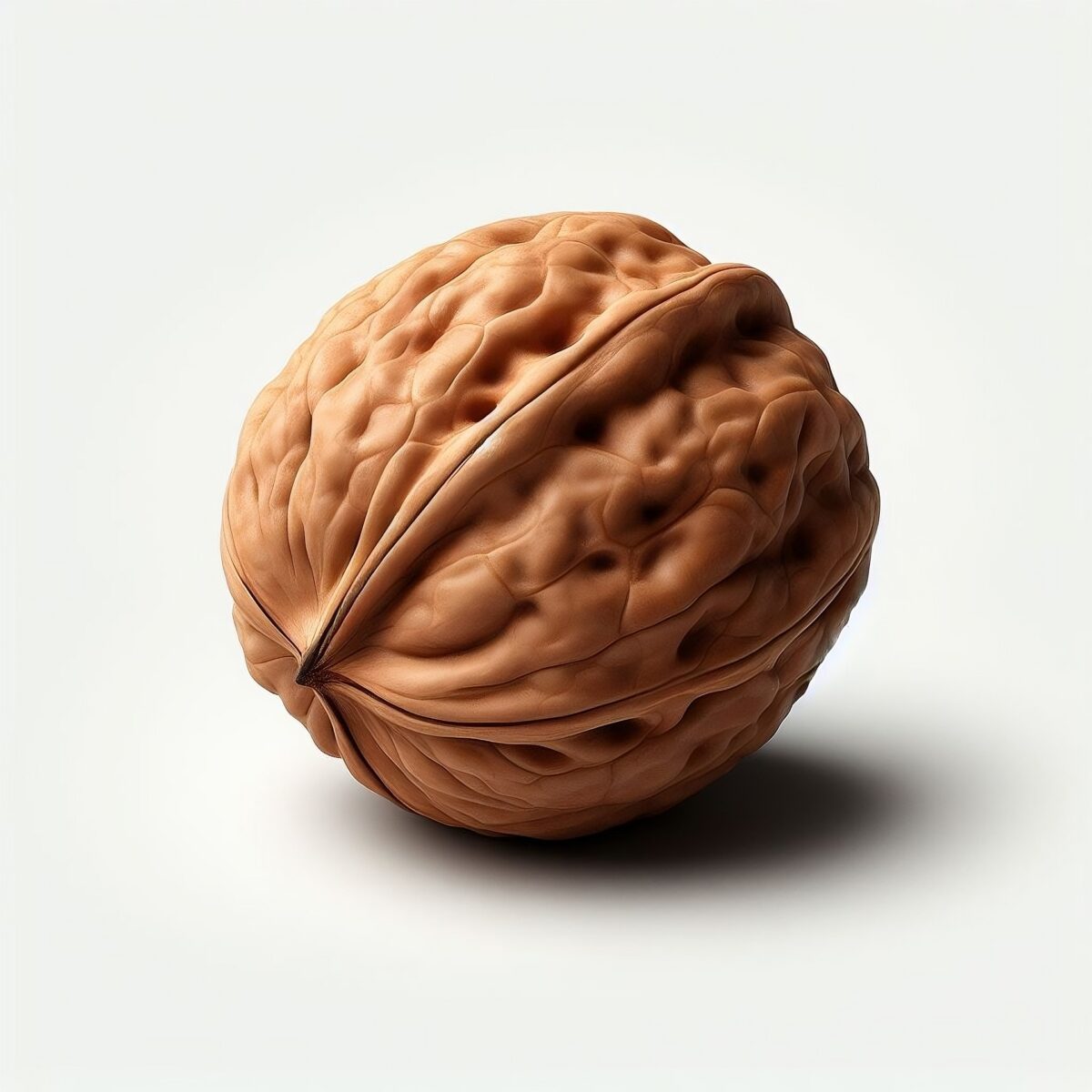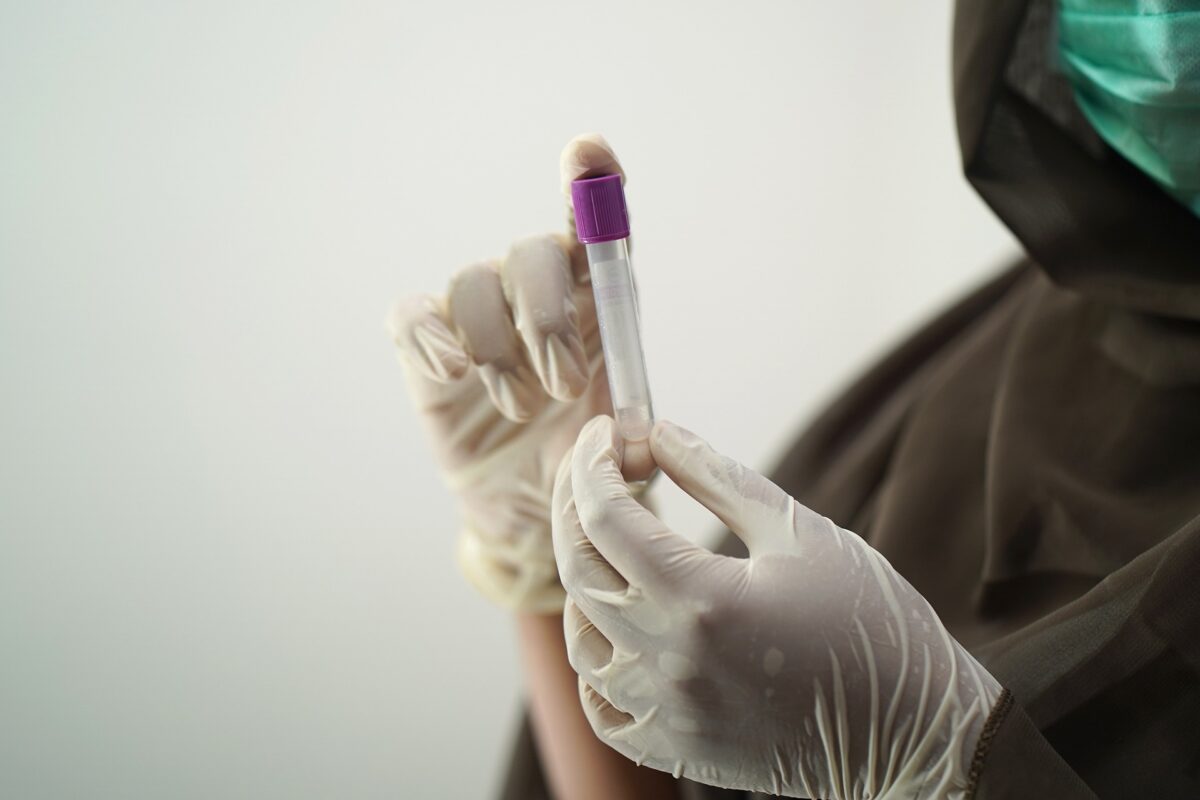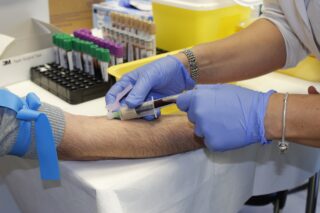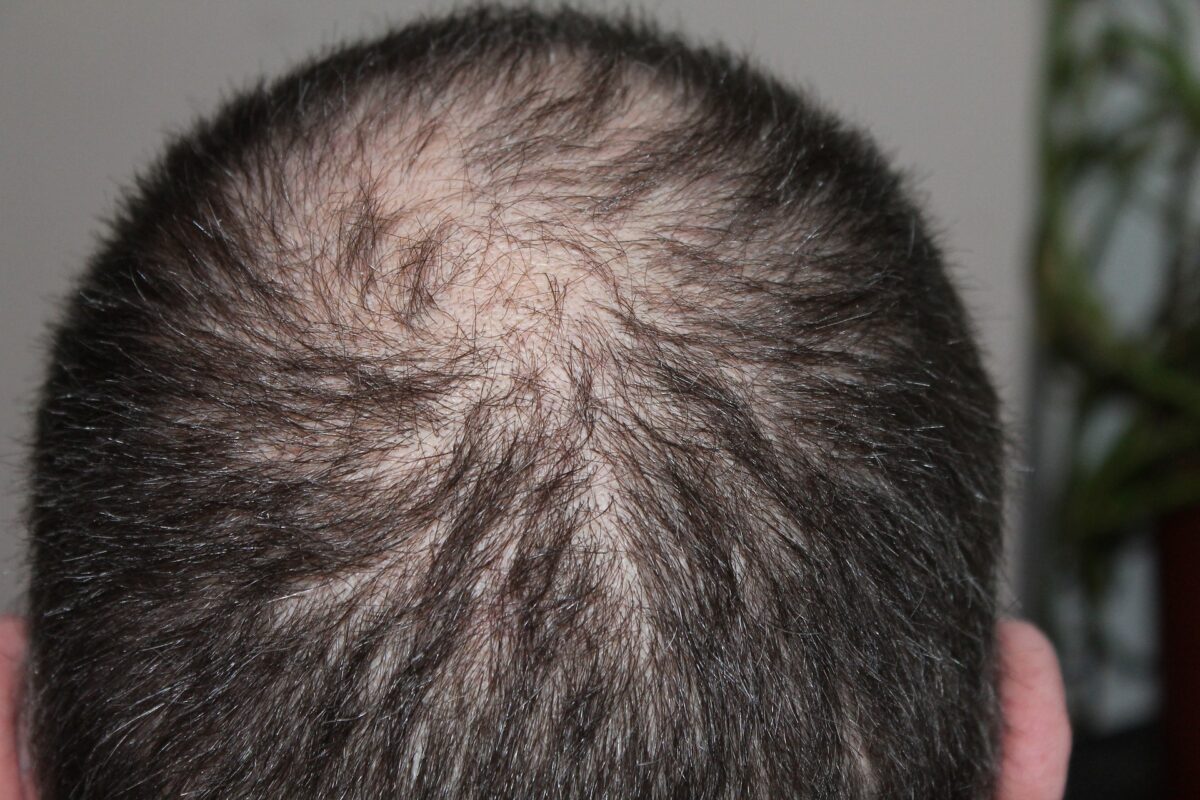Introduction
In today’s fast-paced world, where health trends come and go, and new research constantly emerges, one thing remains certain—taking charge of your health is crucial. Regular check-ups and informed decisions are the cornerstones of a proactive wellness strategy. Among the myriad tests and screenings available, baseline PSA (Prostate-Specific Antigen) and testosterone checks have sparked considerable debate. While some argue these tests are unnecessary for younger men, I firmly believe that getting these baseline checks in your 30s is a wise move.
The Case for Baseline PSA and Testosterone Checks in One’s 30s
First and foremost, understanding your current health status forms the foundation for better future health management. A baseline PSA check, even in your 30s, can be invaluable. PSA tests measure the level of prostate-specific antigen in the blood, an early indicator of potential prostate issues. According to the American Cancer Society, prostate cancer is the second most common cancer among men. Detecting elevated PSA levels early can lead to prompt investigations and treatments, significantly improving outcomes.
Similarly, testosterone levels play a critical role in men’s health, impacting everything from energy levels to mood. Low testosterone levels can lead to a host of issues including fatigue, depression, and decreased libido. A baseline testosterone check provides valuable insights into your hormonal health, allowing you to address imbalances before they become more serious.

The Power of Early Detection
Early detection is a powerful tool in the fight against chronic diseases and health issues. Detecting prostate abnormalities or testosterone imbalances early on can lead to more effective and less invasive treatments. Consider this analogy—catching a small leak in your roof is far easier and cheaper to fix than waiting until it becomes a flood. The same principle applies to health. Early intervention often means simpler, more effective treatments and a higher quality of life.
Establishing a baseline for these critical biomarkers at a younger age provides a comprehensive longitudinal view that is far more valuable in detecting disease progression than a single measurement taken later in life. Regular monitoring from an earlier age allows for the detection of subtle shifts and trends that may indicate the onset of conditions such as prostate cancer or hypogonadism before they manifest with significant symptoms or complications.
A key metric in this ongoing assessment is PSA doubling time, which measures how quickly PSA levels increase over time and serves as a crucial indicator of potential malignancy. This proactive approach empowers individuals and healthcare providers to make informed decisions, initiate timely interventions, and potentially mitigate the progression of serious health issues. Consequently, integrating routine PSA and testosterone screenings into one’s health regimen starting in the 30s not only fosters a culture of preventive care but also enhances long-term health outcomes.
The Argument Against
Critics of baseline PSA and testosterone checks in younger men often argue that these tests can lead to unnecessary anxiety and over-treatment. It’s true that elevated PSA levels don’t always indicate cancer, and low testosterone can be influenced by various factors like stress and diet. However, the benefits of knowing your health status outweigh the potential drawbacks. Knowledge empowers you to make informed choices about your lifestyle and medical care.
Furthermore, modern medical guidelines emphasize shared decision-making between doctors and patients. By discussing your results with a healthcare provider, you can make educated decisions about any further steps, tailored to your specific situation.
Conclusion
Proactive health management is not just about addressing problems as they arise but about preventing them in the first place. Baseline PSA and testosterone checks in your 30s can provide crucial insights into your health, enabling you to make informed decisions and take early action if needed. Don’t wait until symptoms become severe or issues become harder to treat. Consider incorporating these checks into your annual health routine and take charge of your wellbeing. After all, your future self will thank you for the early intervention and the healthier life it brings.









